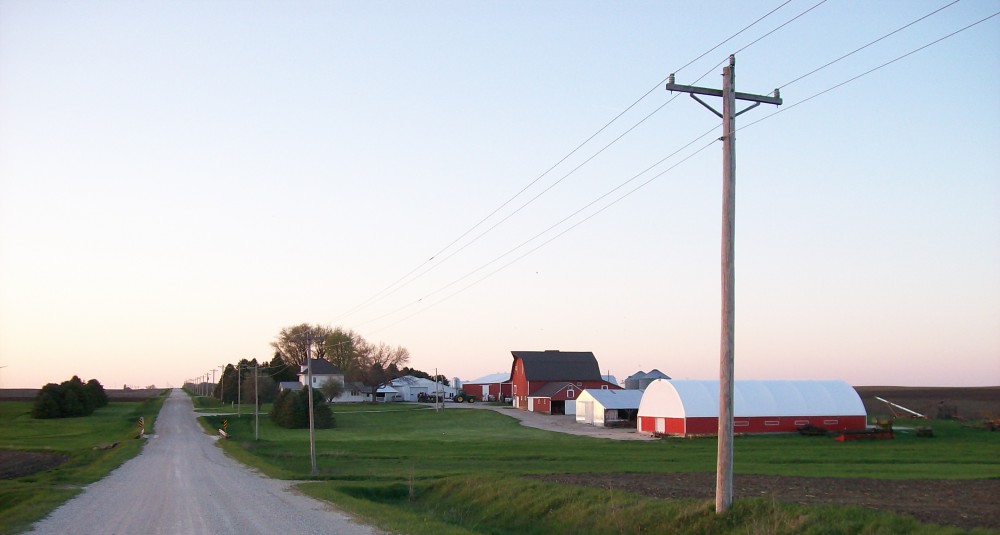Going into this May X I had no idea what to expect. I had never been to Iowa in my life, and I could count the number of times I had been on a “small” farm on my hand. That all changed on this trip. Throughout the trip, we met with farmers, lobbyists, politicians, and businessmen and heard a little from each one. With each conversation, I was able to better understand the situation of Iowa farmers. I have learned a lot about Iowa and the many misconceptions like that the whole state is flat, which from the cross-state road trip was not the case. I have come to realize that the farms seem to get the short end of the stick a lot. Yes, the government tries to help them in various way, but in many other areas, they are vilified and portrayed as the bad guys. Unlike popular opinion, they do care about the environment, and they have to because that is how they make their money and without it, they would lose everything.
Another takeaway from this trip is the politics behind farming and how divided it is. The thing that makes this division even worse is the fact that there is no one solution to any of the problems that Iowa faces. Topics such as CAFOs, organic farming, and GMOs are all heavily debated with no end in sight. The problem here is that many of the people in charge believe there is a one-size-fits-all solution and that cannot be further from the case. Every farm is different, and I feel like that is one thing that is not emphasized enough. Each farmer has his preferred practices and what might work for someone farming chestnuts in Radcliffe might not work of the farmer growing soybeans and corn in Essex or the dairy farmer in Lansing. This May experience has really shed the light on the issues that Iowa faces now and in its future.
